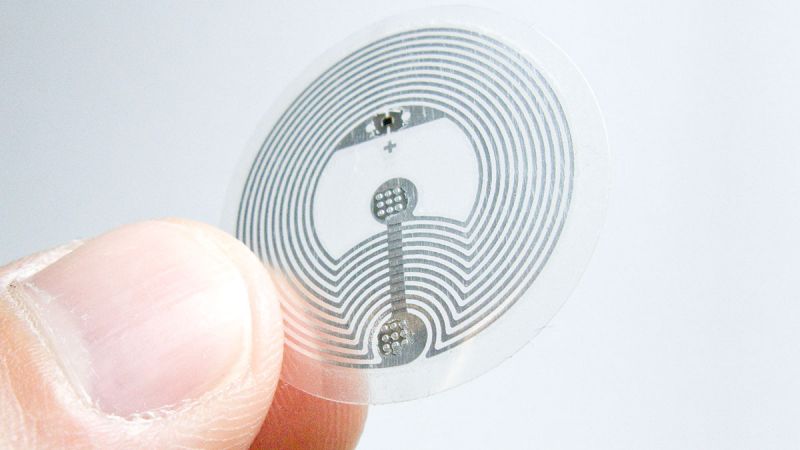The latest and greatest is smart door bells with cameras. But what if you have other doors that people use to enter your house. I have two other doors that people come use to enter our house. They were not wired for door bells. So if I am in the other part of the house I may not hear them.
With Home Assistant and a few other components that you may already have, you can have a smart door bell system. This is a cheap solution and there are a lot of options you can use for the "doorbell" button.
I decided that since I have a RF bridge already setup with Tasmota that I would use it as what would initiate the actions of my house and the automation system. Check My blog post about RF bridge.
I love RF devices and since I had all the infrastructure present, and the RF door bells were cheap, it was the route to go. This is the one I got: RF doorbell. They were only $7 us. They also have a tamper switch on the back which is nice.
The first step was to integrate them into HA. Now there are two methods that I found to work. This is all assuming, that you have some RF sniffer: Sonoff RF bridge or what ever. The setup for the physical device is easy open it up and activate it.
The highlighted line is what you get if bridge receives a code. The "13FC0E", is what you need. It is the RF key that the device sends.
So there is two ways that I know to amke this work and it did work for me.
1) Make an "ENTITY" in home assistant to see its state changes and use that for automations:
here is the yaml :
- platform: mqtt
state_topic: "tele/RF_Bridge/RESULT"
name: 'Driveway doorbell'
value_template: '{{value_json.RfReceived.Data}}'
payload_on: '13FC0E'
payload_off: '13FC0Eoff'
qos: 1
The "payload_on" is that code you got. This button only gives you one code when the button is activated. So for the payload off just put off after the same number. It creates a a binary sensor that reads the state as on or off.
Now I use Node Red for all my automations so here the flow that I use to get the code and send an alert.
Its a pretty basic flow but the main components you need are the node in the yellow box and the red box
































